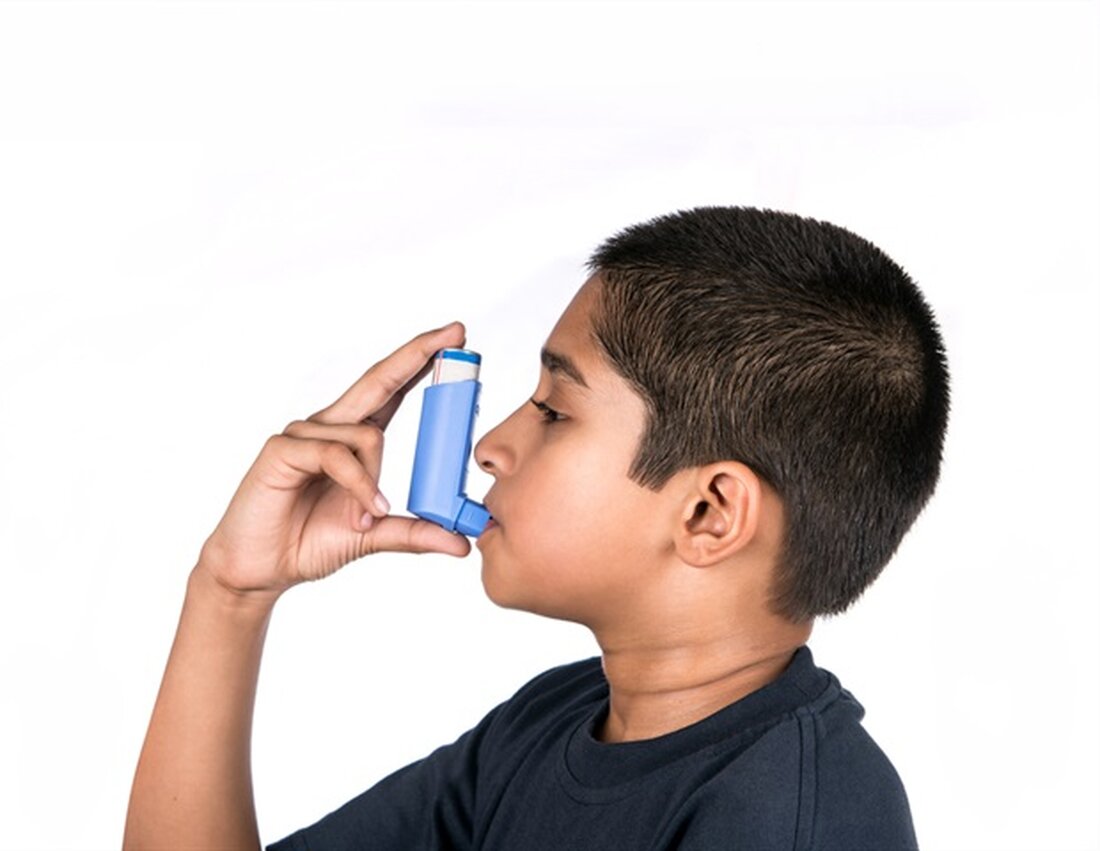Simple new symptom-based screening tool detects asthma risk in young children
A team of researchers working with the CHILD Cohort Study (CHILD) has developed a simple new symptom-based screening tool that detects asthma risk in children as young as two years old. The effectiveness of the tool – the CHILDhood Asthma Risk Tool, or CHART – is detailed in a study published in the highly influential Journal of the American Medical Association (JAMA). “Asthma affects nearly 330 million people worldwide, incurs high healthcare costs and is the leading cause of hospitalization among children in Canada – particularly those under the age of five,” comments co-senior author Dr. Padmaja Subbarao, the Respirologist and CRC is Tier 1 Chair in Pediatric Asthma...

Simple new symptom-based screening tool detects asthma risk in young children
A team of researchers working with the CHILD Cohort Study (CHILD) has developed a simple new symptom-based screening tool that detects asthma risk in children as young as two years old.
The effectiveness of the tool – the CHILDhood Asthma Risk Tool, or CHART – is detailed in a study published in the highly influential Journal of the American Medical Association (JAMA).
“Asthma affects nearly 330 million people worldwide, incurs high healthcare costs and is the leading cause of hospitalization among children in Canada – particularly those under the age of five,” comments co-senior author Dr. Respirologist and CRC Padmaja Subbarao is Tier 1 Chair in Pediatric Asthma and Lung Health at the Hospital for Sick Children (SickKids) and Director of CHILD. She is also a professor in the Department of Pediatrics at the University of Toronto and an associate professor of respirology and medicine at McMaster University.
“Earlier detection of this condition will allow doctors to treat children earlier so they suffer less and avoid hospitalizations, also reducing costs to the healthcare system.”
"One reason why asthma often goes undetected in young children is that most traditional asthma tests in children are difficult to perform, time-consuming, invasive, and involve skin pricks and blood sampling, so many patients and physicians choose to avoid them," said study co-lead author Myrtha E Reyna-Vargas, who holds an M.Sc. and biostatistician at SickKids. “Other conventional tests may also require appointments with specialists and the use of special equipment to test lung function, with associated costs.”
CHART classifies children's risk of future asthma and persistent symptoms as “high,” “moderate,” or “low” based on information reported before age three. The tool recommends follow-up actions for each group.
"The beauty of CHART, the new tool we have developed, is that it can be used by primary care physicians or nurses in a resource-poor primary care setting. It is non-invasive; it can be performed on-site and in-home. It is free and requires no special equipment. Now that we have demonstrated the benefits of CHART in the CHILD study, we are working to expand its use prospectively in clinical practice validate.”
The study applied CHART to data from 2,354 children participating in CHILD, a longitudinal research study launched in 2008 that tracks the physical, social and cognitive development of nearly 3,500 Canadian children before birth.
Using information about the children's wheezing and coughing episodes, asthma medication use, and associated hospital visits at age three, CHART was able to predict with 91% accuracy which of these children would have persistent wheezing - a key indicator of asthma - at age five.
Of the children who were at high risk of asthma at the age of three according to CHART, 50% were diagnosed with asthma by the study doctors at the age of five.
We believe the tool is even more accurate at predicting asthma than this number suggests.”
Dr. Malcolm Sears, co-author of the study, professor emeritus at McMaster University and founding director of CHILD
"Due to various ambiguities in the way asthma is clinically defined, it is likely that some of these young children have asthma that is not formally diagnosed. And regardless of an official asthma diagnosis, persistent wheezing symptoms have been linked to lower lung function, chronic lung disease and the same type of health care as asthma; persistent wheezing also requires one." similar monitoring and treatment, so the value of the tool's predictive ability is undeniable.
Overall, CHART was found to be more accurate in predicting persistent wheezing, asthma, and associated health care utilization than other standard diagnostic methods, including physician assessments and the traditional asthma test known as the modified asthma prediction index (mAPI).
The results of the study using CHILD data were also validated by comparing CHART's performance with data from two additional cohort studies: the Canadian CAPPS cohort, whose participants are all at high risk for asthma, and the Australian Raine study for the general population. Not only did CHART perform well within these cohorts, but – thanks to the data available through the CAPPS cohort – it was shown to be effective when applied to data from children as young as two years old.
“We developed CHART as a pragmatic screening tool for busy primary care physicians,” says study co-first author Ruixue (Vera) Dai, an M.Sc. and biostatistician at SickKids.
"With information that is easy to collect, CHART could be integrated into electronic medical records as a routine assessment. These children can then be examined more closely, their conditions better treated and managed, and many hospitalizations can be avoided."
“To our knowledge, this is the first study to develop a non-invasive tool for the early detection of asthma and persistent wheezing in a general population and subsequently validated in general and high-risk cohorts.”
Source:
Reference:
Reyna, ME, et al. (2022) Development of a symptom-based tool for screening preschool children at high risk for asthma. JAMA network opened. doi.org/10.1001/jamanetworkopen.2022.34714.
.

 Suche
Suche
 Mein Konto
Mein Konto
